byzantine cufflinks sterling oxidized silver classical byzantine decoration 18k gold filled silver. Men cufflinks luxurious gift for him
$41.00 $28.70
Valentine’s Day Gift. Personalized gift.
byzantine cufflinks sterling oxidized silver classical byzantine decoration 18k gold filled silver. Men cufflinks luxurious gift for him. Men cufflinks gift, luxury gift for him. A combination ofoxidized and 18K gold filled solid silver makes it a representative piece of Byzantine heritage. Suitable for all classical suits, a real symbol of status and elegance. The symbol of cross in the center gives the luxury feeling of the imperial ages of the holy Byzantine kingdom. High status jewellery for men. A handmade masterpiece of men jewelry. A gift for men in suits. A classic men accessory suitable for all types of classic suits. Jewellery for men, maleaccessory, male jewellery, cufflinks for him.
Cufflinks are items of jewelry that are used to secure the cuffs of dress shirts. Cufflinks can be manufactured from a variety of different materials, such as glass, stone, leather, metal, precious metal or combinations of these. Securing of the cufflinks is usually achieved via toggles or reverses based on the design of the front section, which can be folded into position. There are also variants with chains or a rigid, bent rear section. The front sections of the cufflinks can be decorated with gemstones, inlays, inset material or enamel and designed in two or three-dimensional forms.
Cufflinks are designed only for use with shirts that have cuffs with buttonholes on both sides but no buttons. These may be either single or double-length (“French”) cuffs, and may be worn either “kissing”, with both edges pointing outward, or “barrel-style”, with one edge pointing outward and the other one inward so that its hem is overlapped. In the US, the “barrel-style” was popularized by a famous 19th-century entertainer and clown, Dan Rice, however, “kissing” cuffs are usually preferred.
Although the first cufflinks appeared in the 1600s, they did not become common until the end of the 18th century. Their development is closely related to that of the men’s shirt. Men have been wearing shirt-like items of clothing since the invention of woven fabric 5,000 years BC. Although styles and methods of manufacturing changed, the underlying form remained the same: a tunic opened to the front with sleeves and collar. The shirt was worn directly next to the skin, it was washable and thereby protected the outer garments from contact with the body. Conversely, it also protected the skin against the rougher and heavier fabrics of jackets and coats by covering the neck and wrists.
After the Middle Ages, the visible areas of the shirt (neck, chest, and wrists) became sites of decorative elements such as frills, ruffs, and embroidery. The cuffs were held together with ribbons, as collared, an early precursor of neckties. Frills that hung down over the wrist were worn at court and other formal settings until the end of the 18th century, whilst in the everyday shirts of the time, the sleeves ended with a simple ribbon or were secured with a button or a connected pair of buttons.
In the 19th century, the former splendor of the aristocracy was superseded by the bourgeois efficiency of the newly employed classes. From then onward men wore a highly conventional wardrobe: a dark suit by day, a dinner jacket, or tailcoat in the evening. By the middle of the 19th century, modern cufflink became popular. The shirt front as well as collar and cuffs covering areas of the most wear were made sturdier. This was practical but when clean and starched, collars and cuffs underscored the formal character of the clothing. However, they could be too stiff to secure the cuffs with a simple button. As a consequence, from the mid 19th century onward men in the middle and upper classes wore cufflinks. The industrial revolution meant that these could be mass-produced, making them available in every price category.
Colored cufflinks made from gemstones were initially only worn by men with a great deal of self-confidence, however. This situation changed when the Prince of Wales, later Edward VII, popularized colorful Fabergé cufflinks in the 19th century. During this time cufflinks became fashion accessories and one of the few acceptable items of jewelry for men in Britain and the U.S.
This development continued into the early 1900s, with more cufflinks worn than ever before. These were available in every type of form, color, and material, incorporating both gemstones and less precious stones and glass in cheaper copies. Intricate colored enameled cufflinks in every conceivable geometric pattern were especially popular. All of these were of equal value, as Coco Chanel had made fashion jewelry acceptable to wear. In a parallel development, however, a sportier style of shirt emerged with unstarched cuffs that could be secured with simple buttons.
This spread to Europe as well over the same period. In Germany, Idar-Oberstein and Pforzheim were key centers of cufflink production. Whilst in Idar-Oberstein cufflinks were produced using simple materials for the more modest budget, the Pforzheim jewelry manufacturers produced for the medium and upper segments using genuine gold and silver. In Pforzheim, premium cufflinks are still produced today, some of them to historic patterns, some modern, all of them using traditional craftsmanship.
Following the end of shortages related to the Second World War, into the 1950s a gentleman liked to adorn himself with a whole range of accessories, comprising items such as cigarette case, lighter, tie pin or tie bar, watch (now worn mostly on the wrist instead of the pocket), ring, key chain, money clip, etc., an ensemble that also included a wide range of cufflinks.
In the 1970s cufflinks were less emphasized in much of middle-class fashion. Fashion was dominated by the Woodstock generation, with shirts primarily manufactured complete with buttons and buttonholes. Many fine heirlooms were reworked into earrings.
The 1980s saw a return to traditional cufflinks, as part of a general revival in traditional male dress. This trend has more or less continued to this day.
Thanks for visiting my shop.
My name is Athanasios, I live in Greece and I design and I handcraft Jewellery based on ancient and byzantine Greek tradition. My workplace established on the holy mountain Parnassus, near the center of the earth, the Delphi ancient Greek secret holy city.
Please feel free message me for any information, help or request
If we arein a different time zone, please be patient, will get back to you as soon as possible.
The photographs of our products are not professional. They are taken by me and uploaded in a logo frame to ensure you that is my own propriety because I am the designer and manufacturer and not a reseller.
DELIEVERY IS FREE WORLDWIDE.
Delivery is done immediately by the most efficient way appropriate for your country. FedEx Express, DHL Express and Hellenic Post are the most common. All items are shipped from Athens, Greece and under normal circumstances are delivered from 2 to 7 business days worldwide. Don’t forget to message me a phone number after buying a jewel. Is very valuable for the courier to ensure that can easily communicate with you for the safe delivery in the propriate time.
When shipment is complete you will receive a message through Etsy with information about carrier and your tracking code.
We use only natural gemstones. Our pearls ale always freshwater quality.
On the jewelry set with gemstones, please read our descriptions to understand which gems have been used.
Since we sell to an international market our sizing measurements are either in the metric system or in American standards. If you are not familiar with our sizing please ask. Ring sizes are in US or French
and lengths or widths are in centimeters or inches. One inch is 2.54cm
Our prices are listed in Euros. Etsy is responsible for conversion rates listed in your respective currencies. If you see differences from one day to another it could mean different exchange rates.
Stay with us for more handmade jewelry here https://www.etsy.com/your/shops/RafaelSantarosa
Frequently asked questions
Gift wrapping and packaging
All items are shipped in a hard jewelry, gift box and are ready to be offered in a linen pouch as gifts. The box is placed in a bubble envelope for shipping.
Care instructions
All jewelry is made from sterling silver 925 or solid gold and can be worn 24 hours a day.
A bit of care is needed for the gold plated or gold filled items, where continuous contact with water or perfumes will gradually fade away the plating.
Shipping
Each item has its own processing time even though for most items I have at least one available for immediate shipping.
All items have free international shipping with FedEx Express, DHL express or with Greek Postal Service (ELTA),
On items that are shipped in Greece , quicker, expedited ACS Greek courier, or DHL shipping is available
Sizing details
Each country has it’s own scaling system, so we use many scales on our product listings .If you are not familiar with our sizing please ask.
Ring sizes are in US or French
and lengths or widths are in centimeters or inches.
One inch is 2.54cm
Enjoy your jewelry.
Based on 0 reviews
|
|
|
0% |
|
|
|
0% |
|
|
|
0% |
|
|
|
0% |
|
|
|
0% |


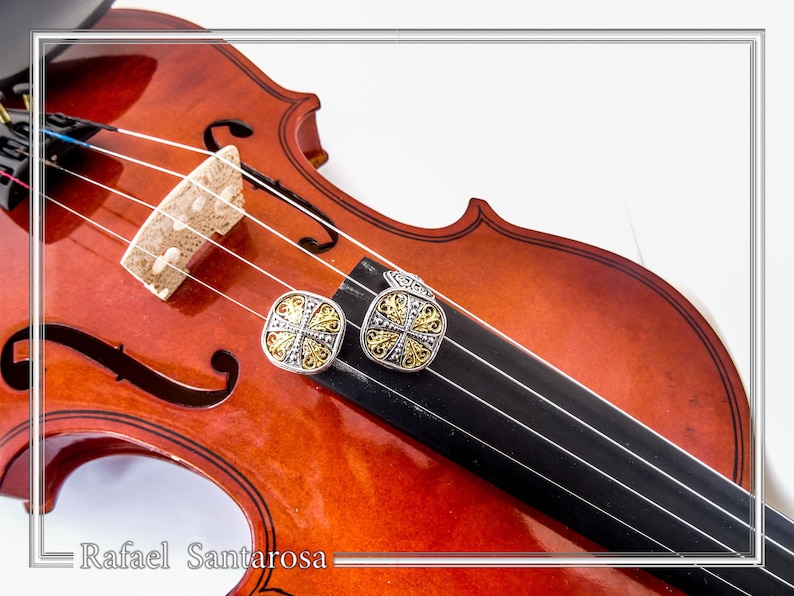
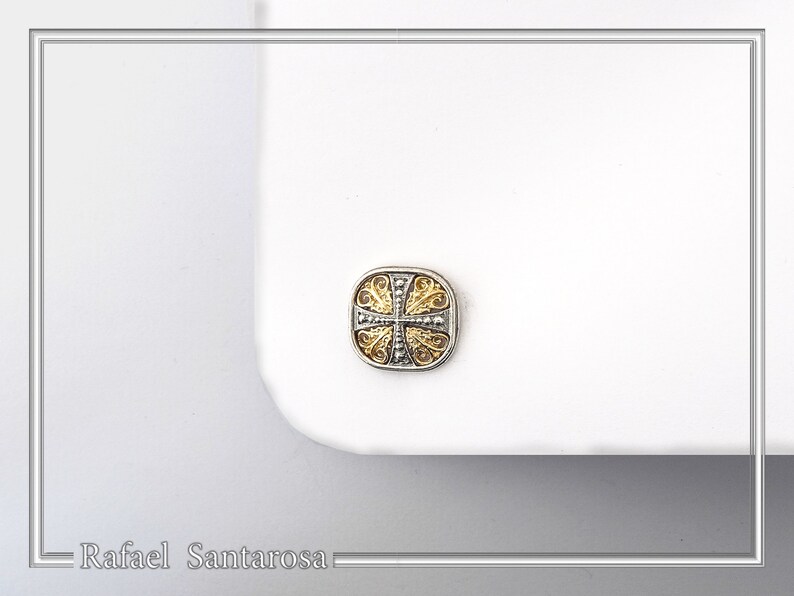
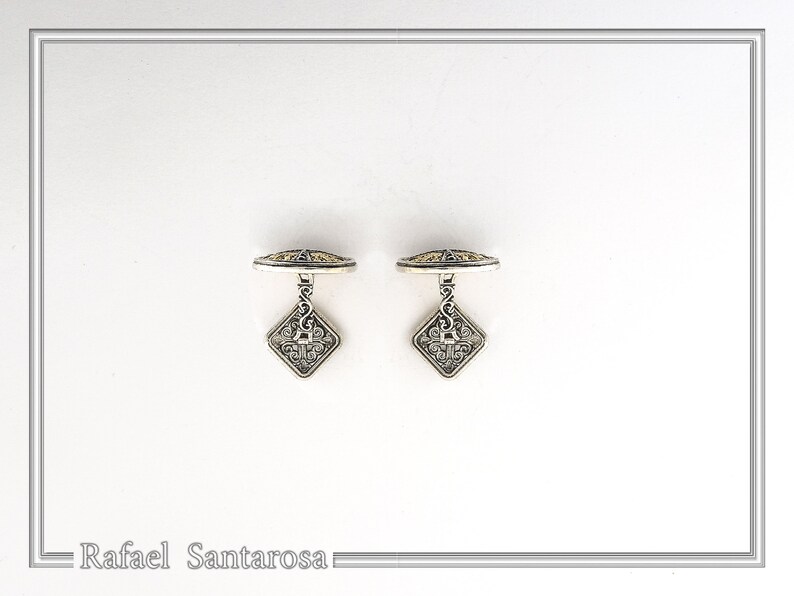
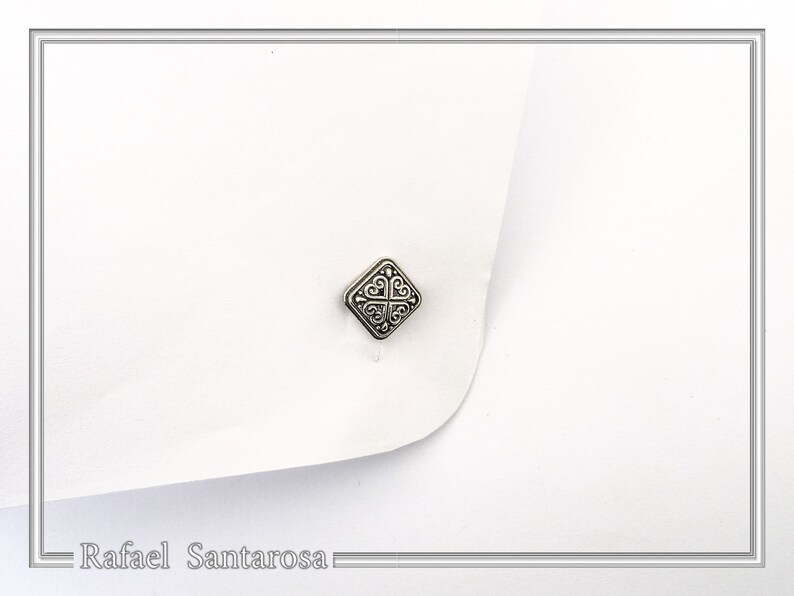
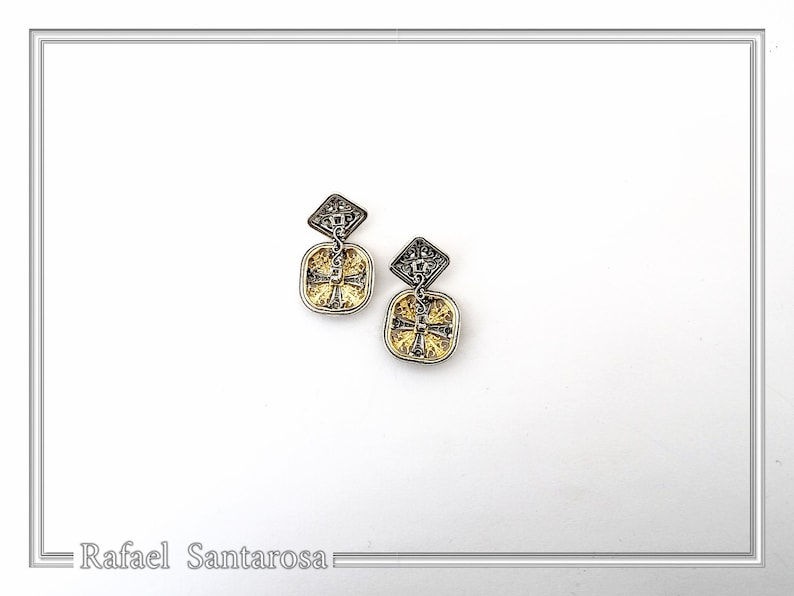
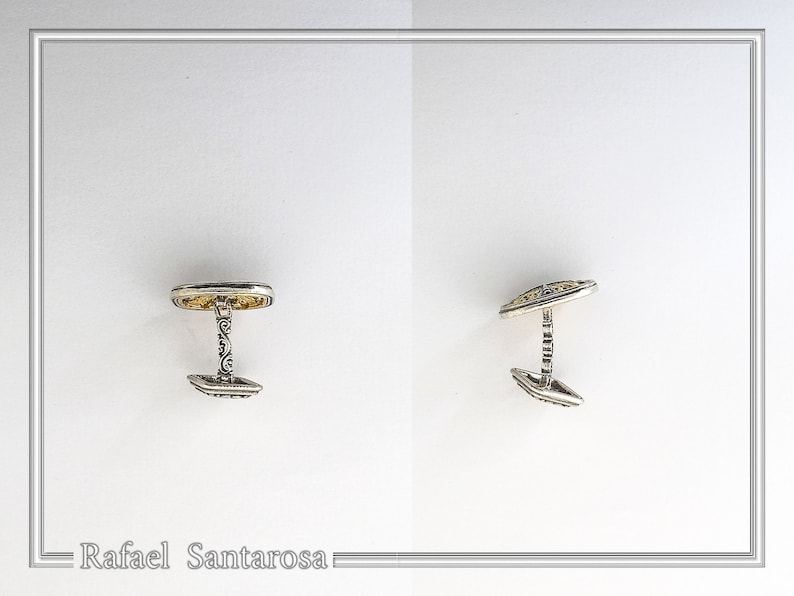

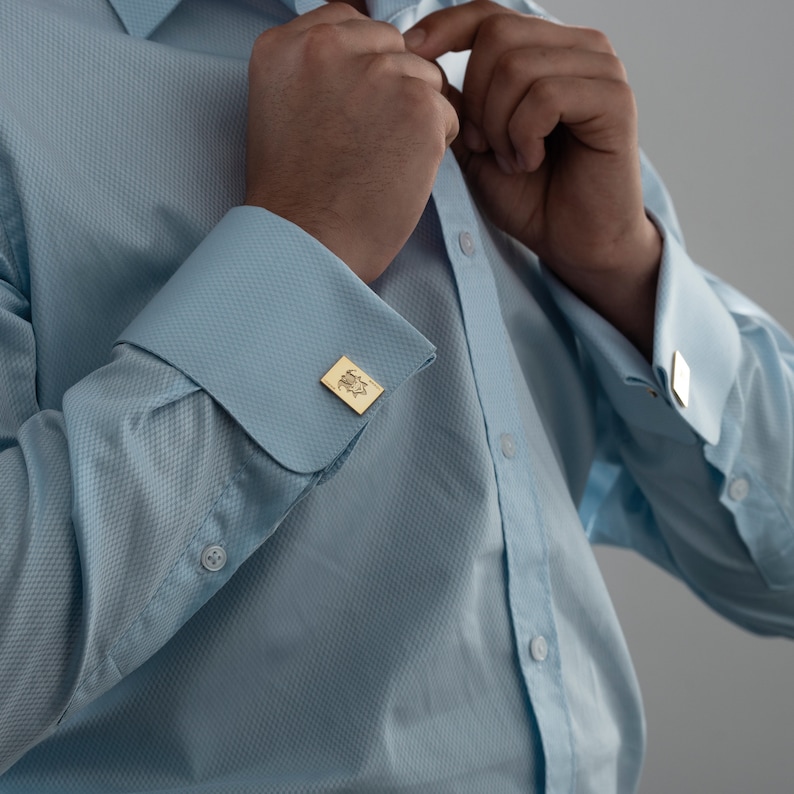
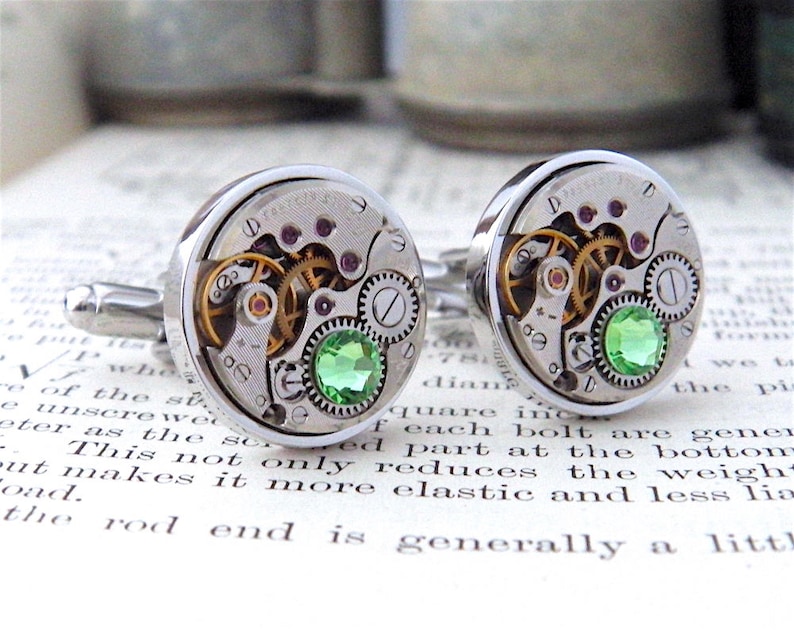
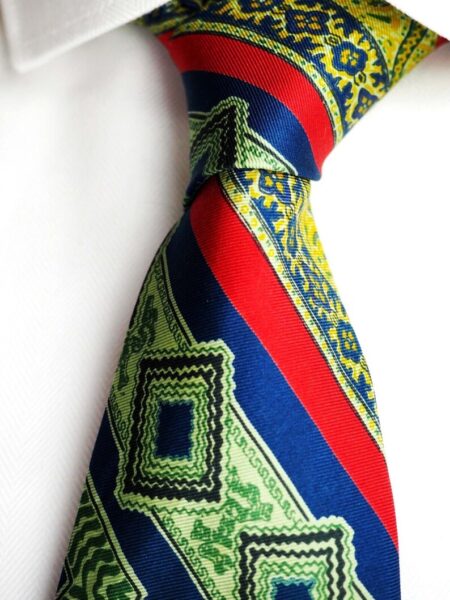

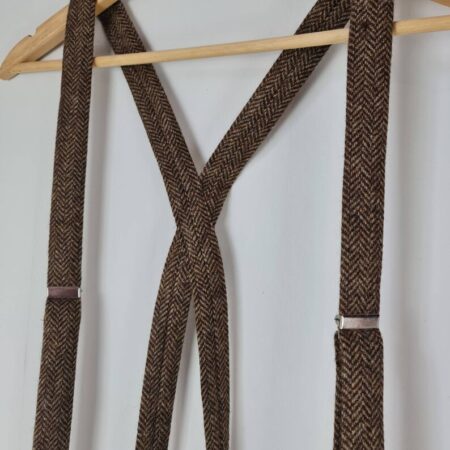
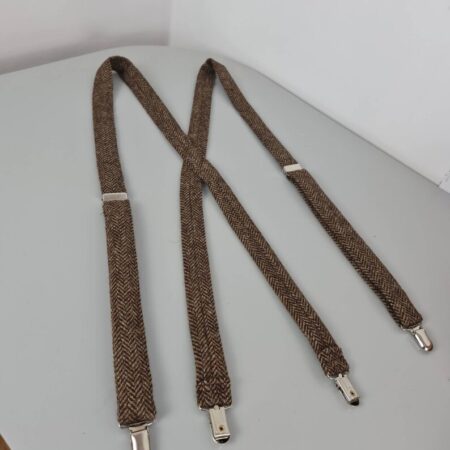
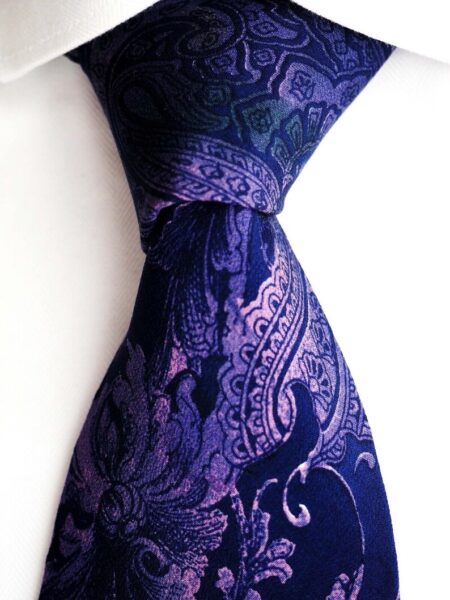

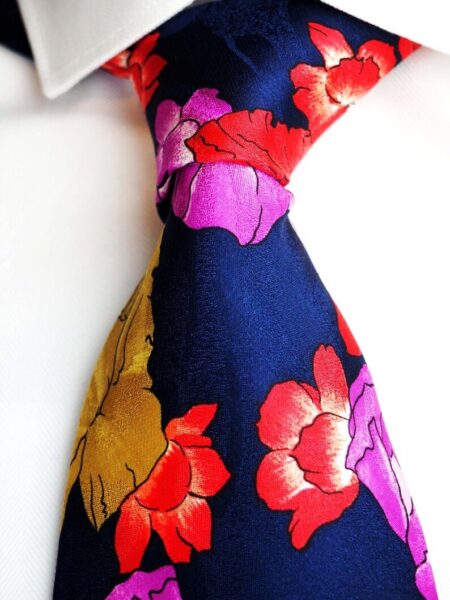
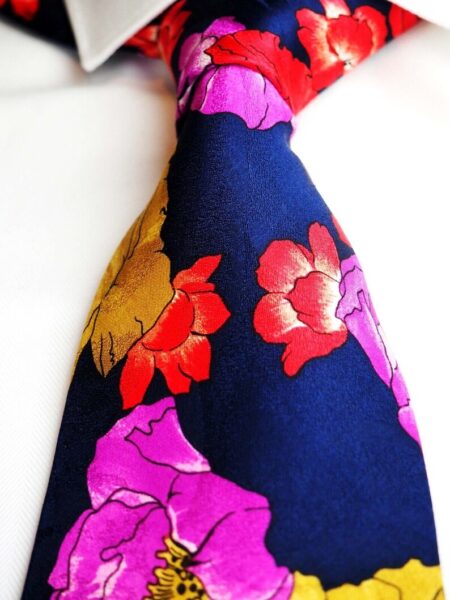

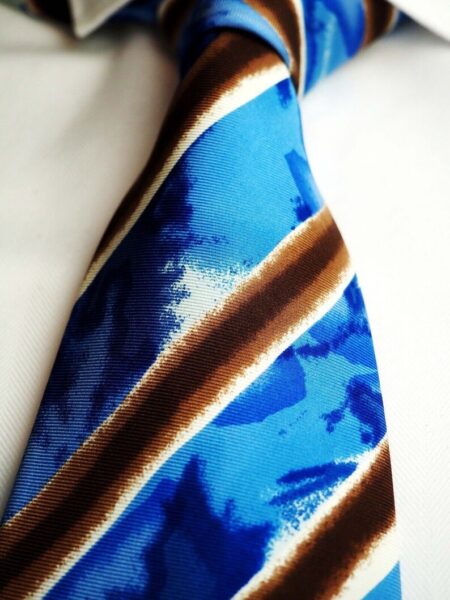
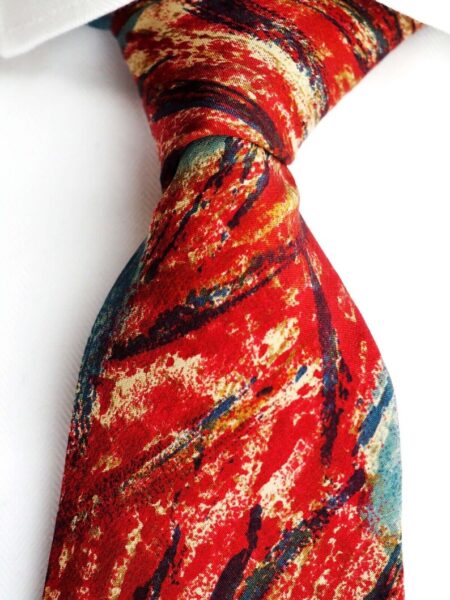
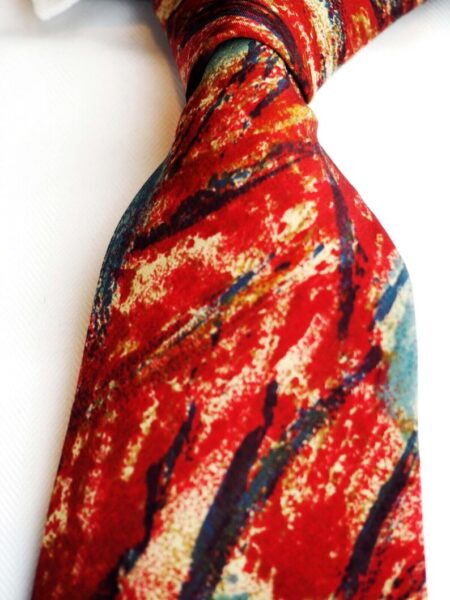
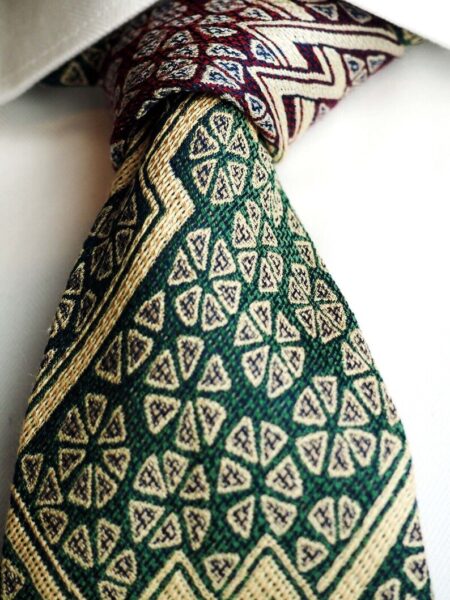
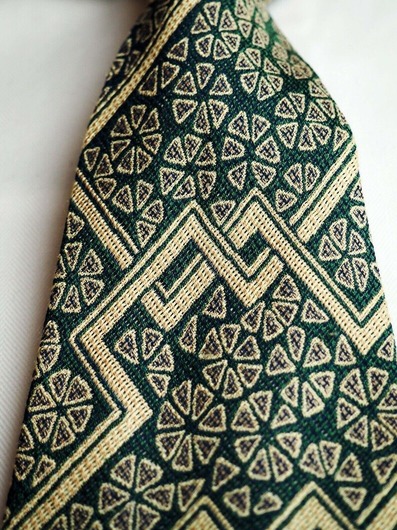
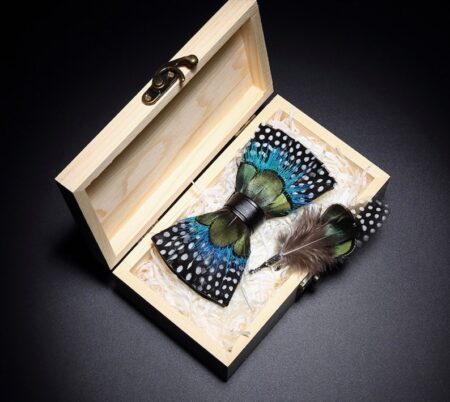

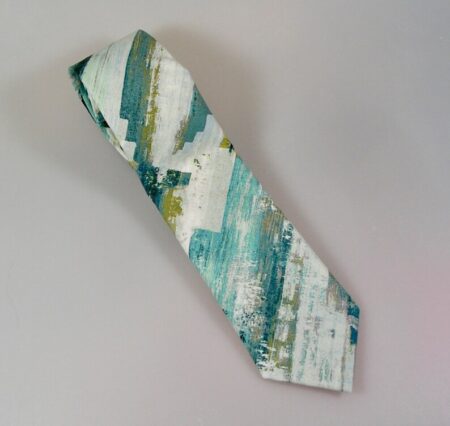
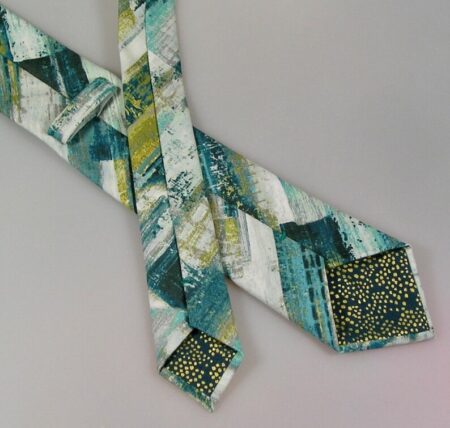
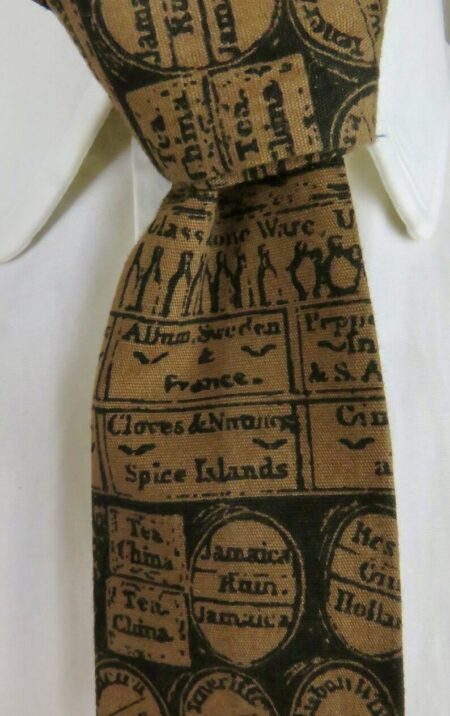

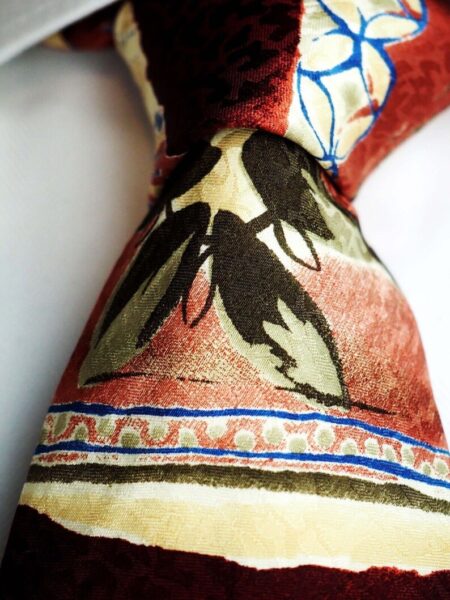
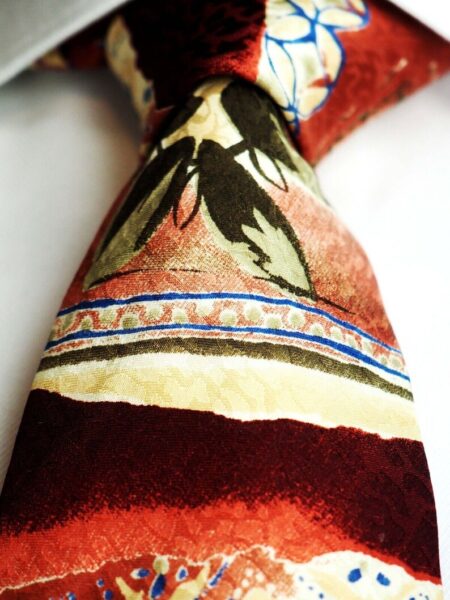
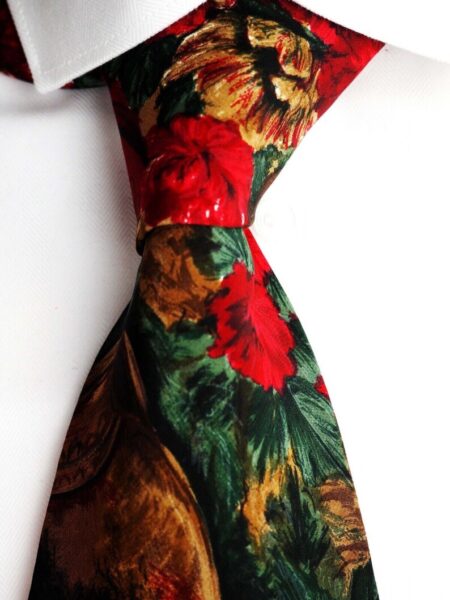
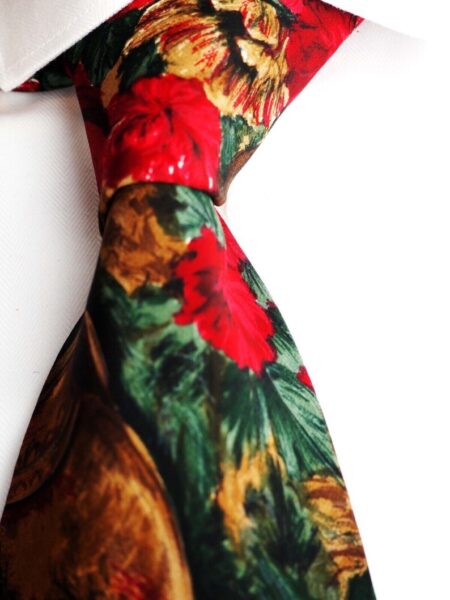

Reviews
There are no reviews yet.